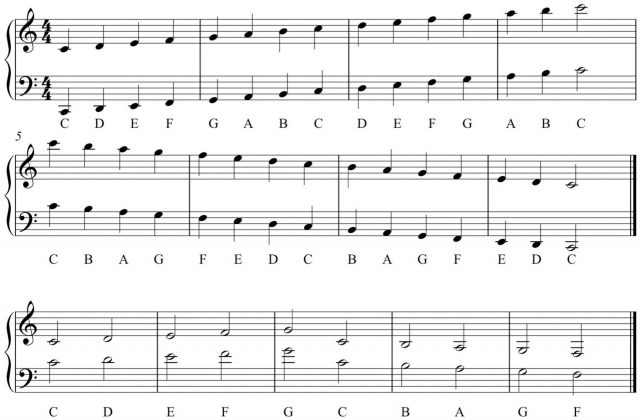Music theory is the study of the elements and structures of music and how they are put together to create musical compositions. It is a fundamental part of music education and is essential for musicians, composers, and music producers to understand the language and mechanics of music. If you’d like more information on music theory after reading this blog, check out our music composition programs, at our L.A., London, and Online campuses.
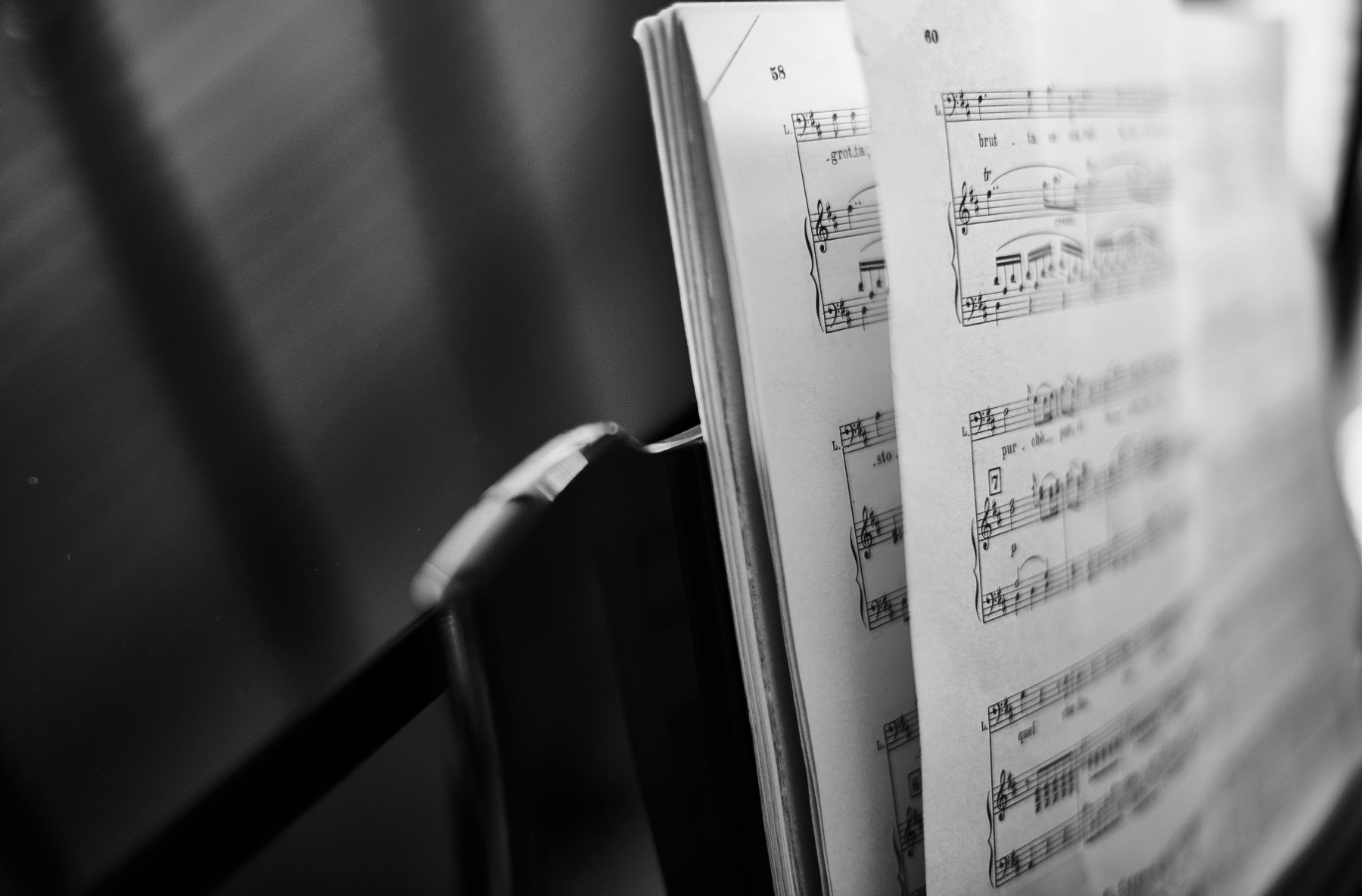
Here are some basic concepts of music theory:
1. Pitch
The perceived highness or lowness of a sound. In Western music, pitch is typically measured in units called notes and organized into scales. In Western music, pitch is typically measured in units called notes, and each note represents a specific pitch.
The notes are organized into a system of scales, which are sequences of notes arranged in ascending or descending order. Each scale has a specific pattern of whole and half steps, and they provide the foundation for melody and harmony in Western music. Pitch can be described as high or low, and is determined by the frequency of the sound waves. A higher frequency produces a higher pitch, while a lower frequency produces a lower pitch.
2. Scales
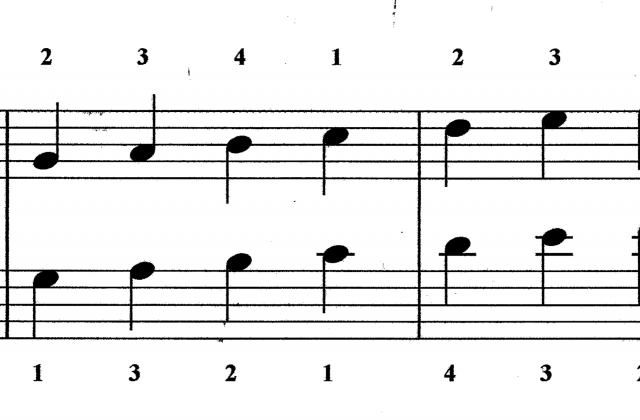
A sequence of pitches arranged in ascending or descending order. The most common scale in Western music is the major scale, which consists of seven notes and has a specific pattern of whole and half steps. Scales are sequences of pitches arranged in ascending or descending order, and they form the basis for melody and harmony in Western music.
The most common scale in Western music is the major scale, which consists of seven notes and has a specific pattern of whole and half steps. The pattern of whole and half steps for a major scale is whole, whole, half, whole, whole, whole, half. The starting note of a major scale is called the “tonic,” and the other notes in the scale are named based on their position relative to the tonic. Other common scales include the minor scale, which also has a specific pattern of whole and half steps, and various modes, which are scales that are derived from the major and minor scales by starting on a different note.
3. Chords
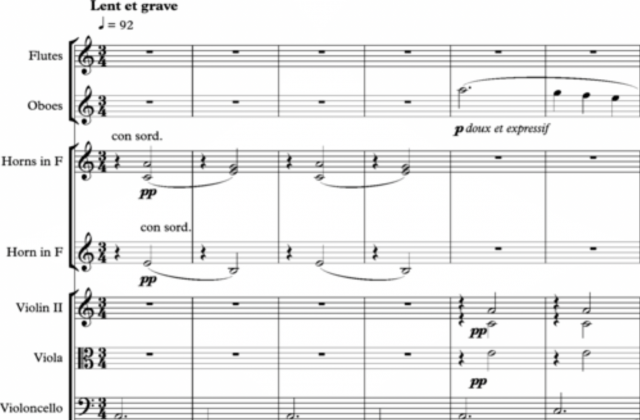
Two or more pitches played together to create a harmony. Chords are often built from scales and can be major, minor, diminished, or augmented, among others. In music theory, a chord is a group of two or more pitches played together to create a harmony. Chords are often built from scales and can be major, minor, diminished, augmented, or other types. Major and minor chords are the most common types of chords in Western music, and they are built from the first, third, and fifth notes of a major or minor scale.
The difference between a major and a minor chord is the third note, which is either a major third or a minor third. A major chord has a major third, while a minor chord has a minor third. Diminished and augmented chords are less common and are built by altering the fifth or other notes in a major or minor chord. Chords are an essential element of harmony in music and are used to create tension and release, as well as to establish a tonality or key.
4. Keys
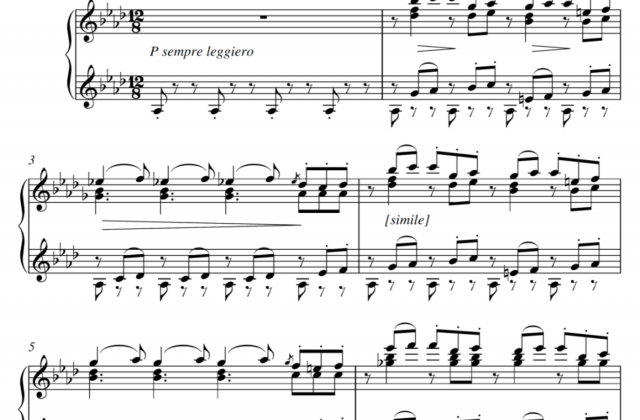
A musical composition’s tonal center or “home base.” The key of a composition is determined by the scale and chord progression used. In music theory, a key refers to the tonal center or “home base” of a musical composition. The key is determined by the scale and chord progression used in the composition.
The most common keys in Western music are the major and minor keys, which are based on the major and minor scales, respectively. The key of a composition is usually established at the beginning of the piece and is used to create a sense of tonality or harmonic coherence throughout the piece. The chords and melodies in a piece of music will often be based around the key, which provides a framework for the overall harmonic structure of the composition.
5. Rhythm
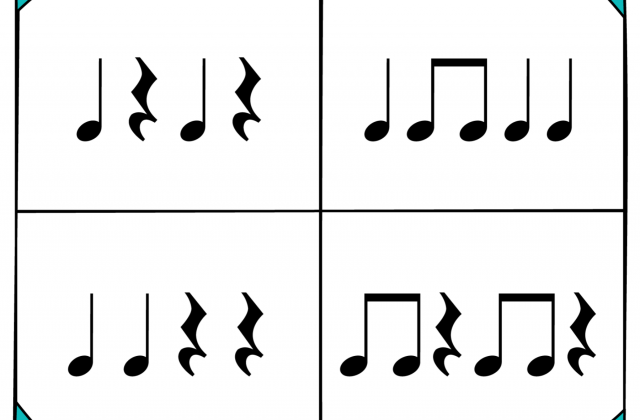
The pattern of sound and silence in a musical composition. Rhythm is often organized into measures and beats, and can vary in complexity and tempo. In music, rhythm refers to the pattern of sound and silence in a musical composition.
Rhythm is often organized into measures and beats, which provide a framework for the timing of the music. The beat is the underlying pulse or steady recurring sound that defines the tempo of the music. The rhythm of a composition can vary in complexity and tempo, and can include elements such as syncopation, accentuation, and tempo changes. Rhythm is a fundamental element of music, and is essential to creating a sense of groove and musicality in a composition.
6. Melody
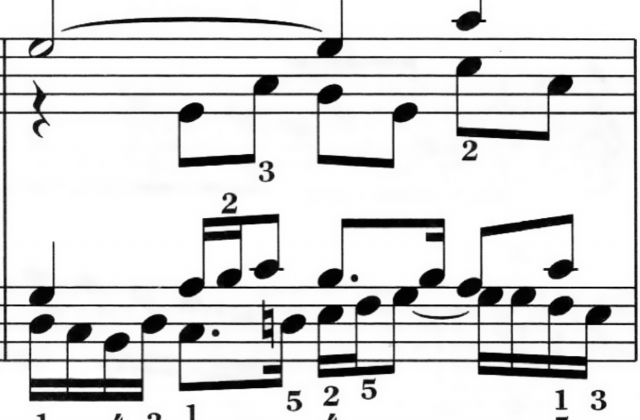
A sequence of pitches that form a musical phrase or theme. Melodies can be simple or complex, and are often constructed from scales and chords. In music, melody refers to a sequence of pitches that form a musical phrase or theme. Melodies can be simple or complex, and are often constructed from scales and chords.
Melodies are the primary focus of many musical compositions, and can be sung or played on a variety of instruments. A strong melody can be memorable and catchy, and can help to convey the emotional or expressive content of a composition. Melodies can be developed through a variety of techniques, such as variation, repetition, and ornamentation, and are often supported by other musical elements such as harmony and rhythm.
7. Harmony

The combination of multiple melodies or chords played together to create a complex and pleasing sound. In music, harmony refers to the combination of multiple pitches, chords, or melodies played or sung simultaneously to create a complex and pleasing sound. Harmony is an essential element of many musical genres and styles, from classical and jazz to pop and rock music.
It can add depth, complexity, and emotional richness to a composition, and can create a sense of tension, release, or resolution. Harmony is often based on the use of chords, which are typically built from three or more notes played or sung simultaneously, and can be arranged in various ways to create different harmonic progressions and textures. Different chord types, such as major, minor, and diminished chords, can create different emotional effects, and harmonic dissonance and resolution can create a sense of drama and movement in a composition.
8. Time signatures
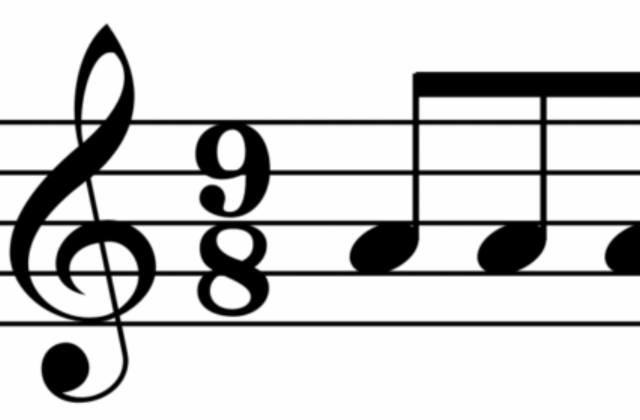
A notational system used in music to indicate the number of beats per measure and the value of each beat. Common time signatures include 4/4, 3/4, and 6/8. The top number in a time signature indicates the number of beats in each measure, while the bottom number indicates the type of note that receives one beat.
For example, in 4/4 time, there are four beats per measure, and a quarter note receives one beat. In 3/4 time, there are three beats per measure, and a quarter note still receives one beat. In 6/8 time, there are six beats per measure, and an eighth note receives one beat. The time signature is important for musicians to know because it helps them keep track of the rhythm and phrasing of a piece of music.

These are just some of the basic concepts of music theory. By understanding these fundamental concepts, musicians and producers can create more compelling and complex musical compositions. Now that you have some basic knowledge of theory, take those skills to the next level at pointblank! From DJing to producing, singing/songwriting to audio engineering, acting, and much, much more, at pointblank there is something for everyone. Don’t wait, step inside the music industry today!
Register to Access Free Courses, Plugins, Projects, Samples & More
When you register with pointblank, you access an array of free sounds, plugins, online course samples and much more! Simply register below and visit our Free Stuff page to get your hands on a range of exclusive music-making tools and tutorials provided by the team. Fill your boots!

